When exploring how to increase consumer engagement, brands should consider mobile marketing as it presents a unique opportunity to connect with consumers in a meaningful way, wherever they may be. Continue reading “How to increase consumer engagement with mobile marketing”
Category: Marketing
Find out why your retail conversion strategy may need to be revamped
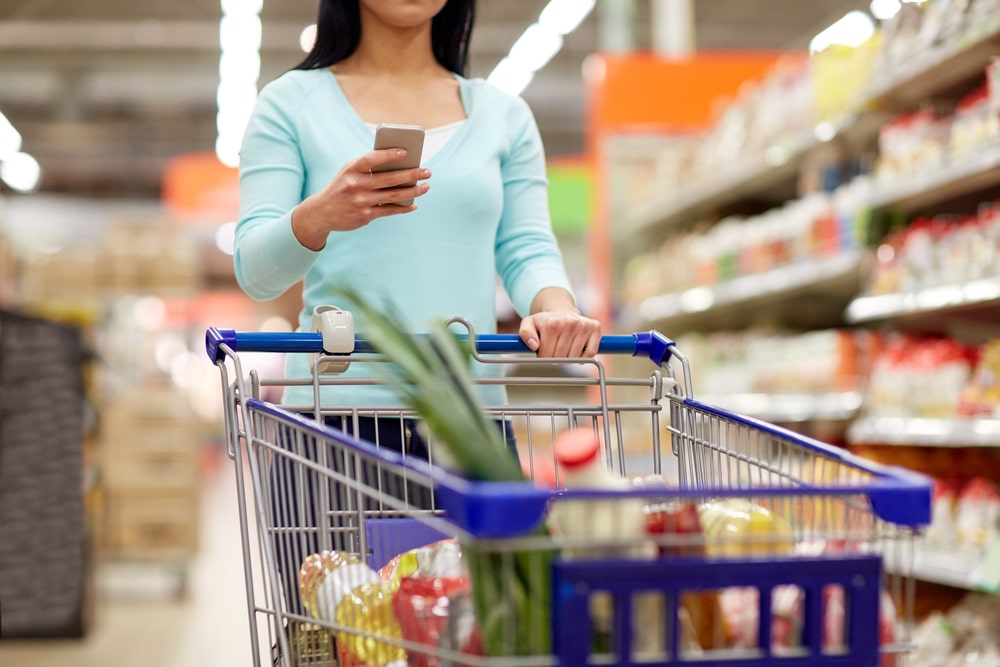
Many retailers are faced with the challenge of increasing in-store foot traffic. Continue reading “Find out why your retail conversion strategy may need to be revamped”
The future of retail: 6 growing trends in retail

The future of retail: 6 growing trends in retail
Mobile will be a crucial aspect of these omnichannel experiences as it will be used as a vehicle for delivery. Already, mobile is edging out desktop in terms of internet usage, with 57% of traffic coming from mobile devices. Brands and retailers that want to market to these users need to be where they are, and that’s on mobile. Due to that, many predictions on the future of retail center around devices that travel with consumers.
#1. Deep Learning Will Drive a Shift Towards Discovery Shopping
Deep learning algorithms that track consumer purchase patterns, preferences, location, and interest will enable retailers to provide more proactive recommendations. Even something as simple as the consumer’s facial expression could be used to determine customer satisfaction and offer guidance to improve experiences.
This data is crucial in supporting the growing trend of discovery shopping in the digital space. In the past, consumers who shopped online typically searched based on a specific need. Now, however, they may be driven to buy based on information they see on social media or via a digital lookbook. Essentially, it’s a form of digital window shopping that allows consumers to view a wide range of products.
#2. Rapid Delivery Will Aid E-Commerce Leaders in the Future of Retail
Same-day delivery is no longer an added service. It’s something consumers expect. Twenty-five percent of consumers report they will abandon their online shopping cart if same-day delivery isn’t an option. Retailers enhance their distribution options to respond to this demand. They open more centers in various locations to serve a growing pool of consumers who demand immediate services. However, investing in a massive distribution network isn’t always an option. In those cases, retailers turn to one of three options:
BOPIS:
For consumers who must have an item on the same day they order it, offering an option to buy online and pick it up at the store is ideal. Not only does this solution satisfy the same-day delivery need, but it also gets them to go to a physical location and possibly purchase more.
Curbside delivery:
For some consumers, the inconvenience of walking into the store and waiting in-line is enough to make them abandon their cart. However, curbside pickup, where consumers can park in a designated spot and have their items brought out to their car, resolves this issue. This is a low-cost solution which provides the benefit of same-day delivery without the added expense.
Third-party partnerships:
Some retailers are choosing to partner with third-party delivery services like Lyft to offer same-day delivery to consumers. This is especially popular in the grocery sector, as consumers are willing to pay more to receive perishable items the same day without the need to go to the store.
#3. Brick-and-Mortar 2.0 Will Tie the Digital to the Physical Space
While online retail is popular, it’s still only expected to account for 20% of sales by 2025. Brick-and-mortar locations will still make up the brunt of transactions, but they’ll shift to support an increased need to be digitally connected during the path to purchase. This is the beginning of brick-and-mortar 2.0 and mobile optimization is needed for its success.
This is one of the reasons many brands choose to work with Shopkick. Shopkick partners with brands and retailers by giving them access to our highly engaged user base, which improves in-store engagement with products. This was the case when Rimmel London partnered with us on a campaign that leveraged consumer’s mobile phones to direct them to products in the shopping aisle.
A plethora of options is available for brands who wish to partner with third parties to enhance in-store experiences. They should seek out those with a strong base of active users to garner the best results.
#4. Technology Will Enable More Self-Driven Customer Service
Consumers in need of assistance with a product prefer to help themselves before they seek the aid of an associate. In fact, 67% of consumers prefer self-service over speaking with a company representative, with 75% noting it’s the most convenient way to resolve customer service issues. There are many options to provide these services, which vary widely in sophistication. Here are a few:
Forums:
Forums are probably the least sophisticated option, but they’re still a solution for helping customers help themselves. Individuals can publicly post their questions and receive answers from the company as well as from company personnel.
Basic FAQs:
It’s crucial that all companies have some basic questions listed and answered if they’re frequently asked the same questions. These are often the first stop for a consumer with a problem, and when their issue is covered, the fix is simple.
Interactive FAQs:
Smarter FAQs can take consumers through a series of questions to best determine their issue and help them resolve it. These troubleshooting programs are excellent for self-service as the individual gets a customized answer without the need to reach out to customer service.
Sophisticated chatbots:
Chatbots have become so sophisticated that often, consumers don’t even know they’re talking to a computer program. These chatbots run on data which is analyzed for context and can guide them to the best solutions for these answers. As artificial intelligence grows, these bots will only become more sophisticated and capable.
#5. Direct Sales Will Increase Across All Categories
The reason challenger brands have seen so much success is that they’ve been able to cut out the retail middle man by leveraging the internet to sell directly to consumers. This isn’t a strategy that works for all brands, as the product must be unique or offer an added service.
#6. Online Search Will Move Beyond the Screen
It’s estimated that by 2020, 30% of all searches will occur without screens. This is largely interpreted to feature voice search but could also include more immersive categories like virtual and augmented reality. These new types of searches could present a paradigm shift for retailers, who have relied heavily on keyword-based text searches in their digital strategies.
While this is a difficult category to predict, retailers should begin to focus on market leaders who gain the most attention from consumers in relation to their screenless experiences. Amazon, for example, is a market leader when it comes to smart speakers, which is why brands would do well to improve their listings on the Amazon platform to prepare for voice searches.
Utilize these 3 creative ways to increase retail sales both in-store and online

Finding creative ways to increase retail sales can be challenging for brands looking to blur the line between in-store and online purchases. Continue reading “Utilize these 3 creative ways to increase retail sales both in-store and online”
How to structure the retail customer experience to build awareness
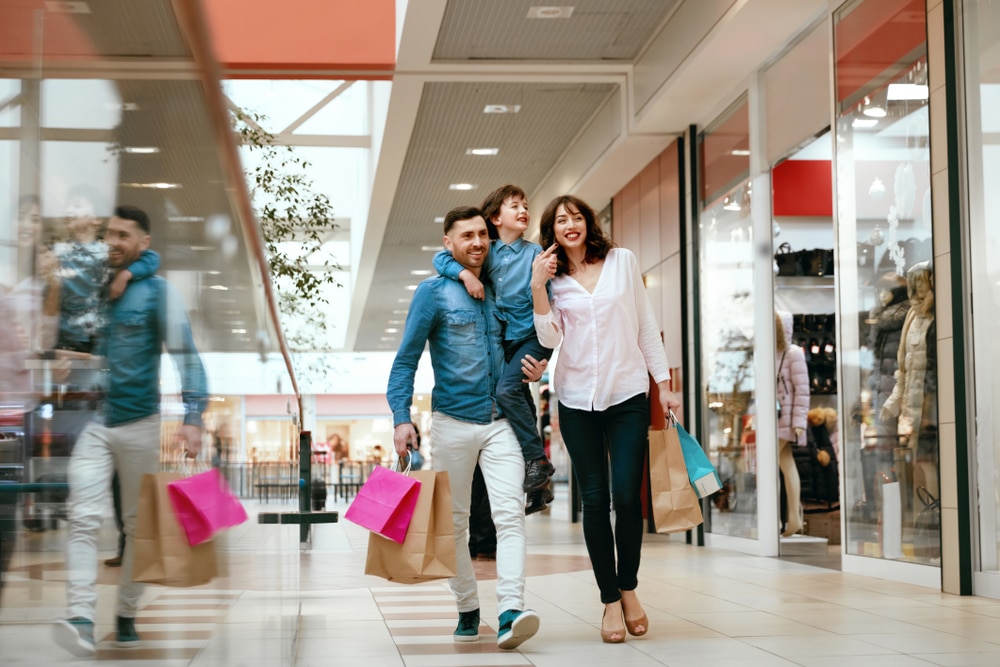
The retail industry is currently in a state of transition. Continue reading “How to structure the retail customer experience to build awareness”
Why these 3 experiential retail trends are so effective
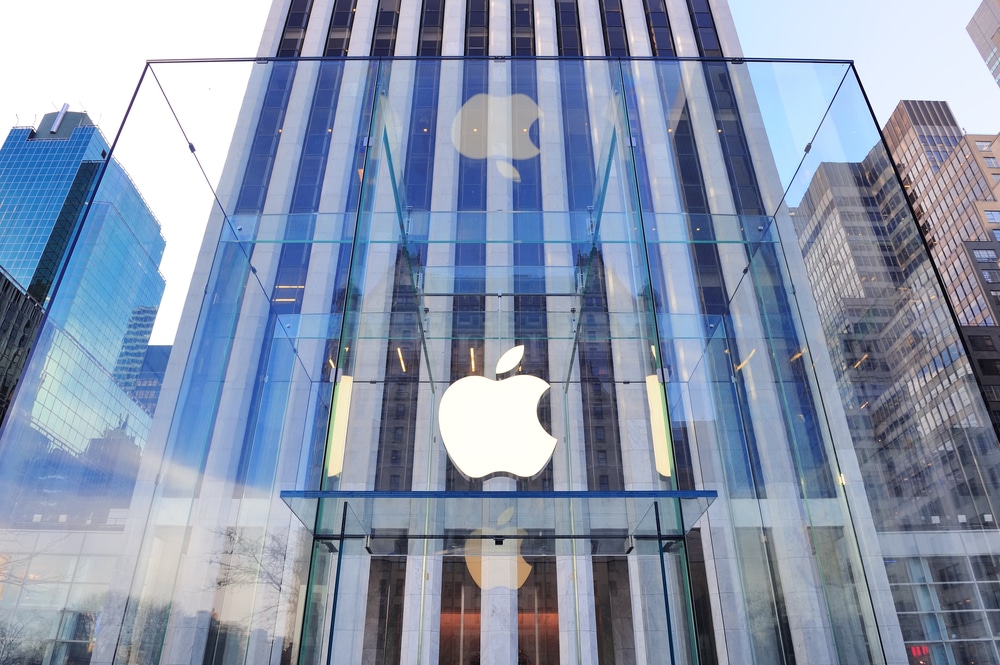
Experiential retail trends might be the key to breathing some life back into brick-and-mortar stores. Continue reading “Why these 3 experiential retail trends are so effective”
Retailers ask: What is experiential retail?
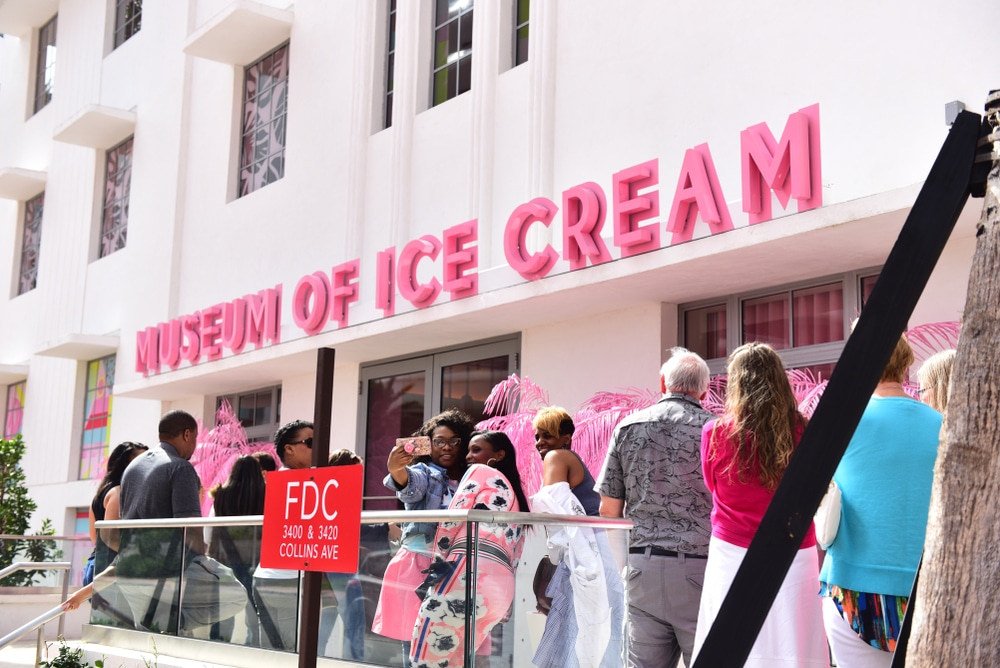
Experiential retail is oft-misunderstood. Continue reading “Retailers ask: What is experiential retail?”
How to retain customers in retail: 4 strategies to improve retention
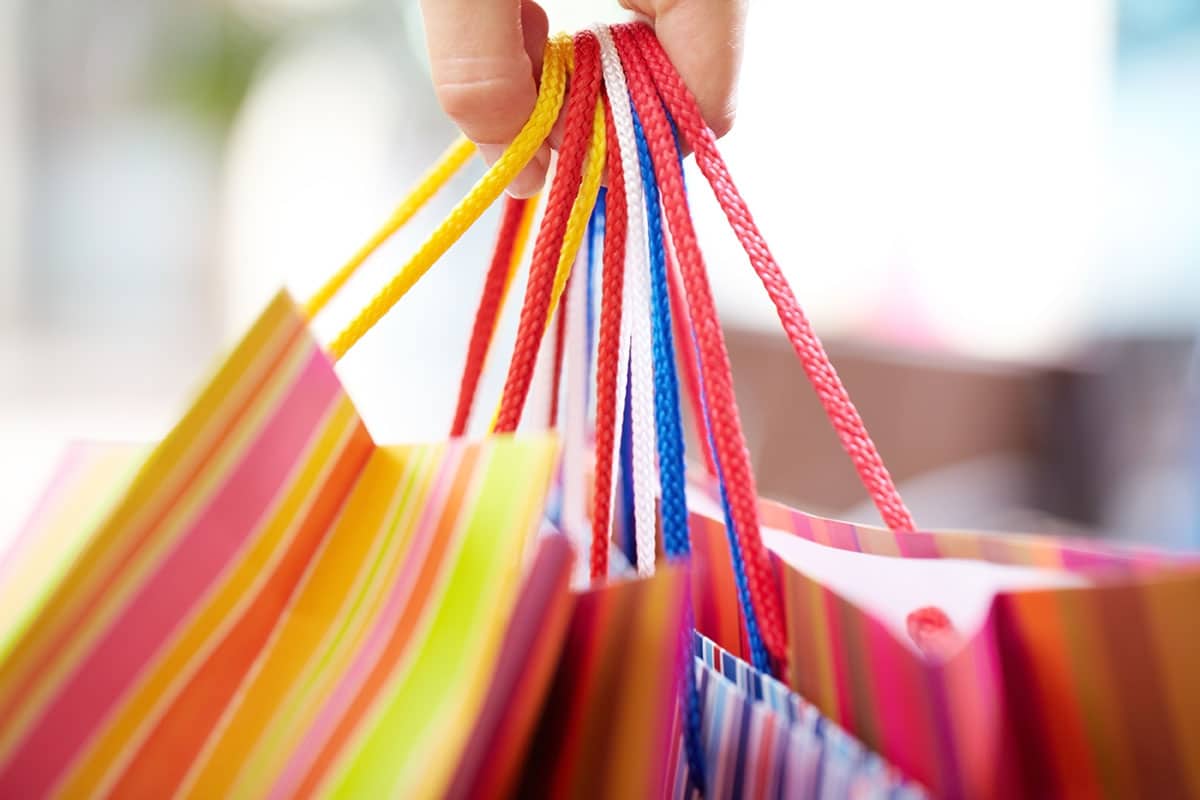
How to retain customers in retail: 4 strategies to improve retention
A business in the U.S. loses 15% of its customer base per year. Often, these losses come not because the retailer did anything wrong, but because one of their competitors did something better. Leveraging tools like personalization, incentives, activism, and exclusivity in marketing can help to improve retention rates by creating deeper connections with consumers.
The Most Common Methods for How to Retain Customers in Retail
Customer retention in retail requires a consistent, ongoing effort. Customers may begin to explore other options if they believe a retailer has become indifferent to them, so it’s crucial for retailers to avoid this. The most common ways brands retain their customers include:
Personalization:
Data and technology provide brands with several opportunities to truly personalize the marketing message. Retailers and brands can make recommendations based on a consumer’s purchase history, habits, and personal details. This can drive interest in products and create a deeper connection.
Incentives:
Incentives like rewards points and discounts make consumers feel appreciated for their patronage. These incentives are low-cost to deliver and can create moments that inspire affinity for a retailer or brand.
Exclusivity:
Consumers who feel like they’re receiving an exclusive or special benefit from a retailer creates a better connection as these consumers feel they’re getting a VIP experience. Meanwhile, consumers who don’t receive the exclusive benefit are driven to seek that status due to a fear of missing out.
Corporate responsibility:
Socially conscious marketing helps retailers give their brand personality. When making a commitment to offer aid to those in need, protect the environment, or focus on sustainability, brands are also connecting with consumers who share these values. This value alignment can easily drive repeat business for a brand while positively impacting society.
1. Use Data to Personalize the Consumer Experience
Data is a great way to connect with new customers, but it’s even more powerful when leveraged to drive repeat sales. This is because the brand already has access to the consumer’s preferences, shopping habits, and purchase history—all of which can be used to target consumers.
2. Leverage Exclusivity With Membership-Based Incentives
Exclusivity triggers a psychological need in consumers and is an effective marketing technique. Consumers want to believe they’re within an inner circle, or receiving benefits that others aren’t. In some cases, consumers are even willing to pay a premium to enjoy this exclusivity.
Amazon Prime is an excellent example of exclusivity in marketing. By paying an estimated $119 per year, consumers enjoy the benefits of free shipping, access to digital content, exclusive sales and other incentives. More than 62% of Amazon customers are members of Amazon Prime. In addition, Prime members spend nearly double what their non-Prime counterparts spend, averaging about $1,300 per year. This program is probably one of the most popular retailer-specific rewards programs in the world. Amazon managed this by:
Providing real value:
Amazon Prime members have access to several exclusive benefits. The free shipping option alone will easily pay for itself after only a few purchases. In addition, these individuals gain access to music, movies, and television shows that they’d have to pay for otherwise, which makes this an appealing platform even for those who don’t do a lot of online shopping.
Offering flexible membership:
While the $119 price tag may be a little steep for some consumers, they offer members the option to pay on a monthly basis, which makes the cost less intimidating. They also offer some specific programs that individuals can take part in, like Amazon Student, which provides additional discounts.
Holding annual events:
One annual event that provides Prime with its biggest boost in participation is Prime Day. Every year, the retailer holds a single day of deals targeted at Prime customers which are announced on social media. In 2018, the retailer reported over 100 million products sold following the 36-hour event.
3. Use Third-Party Mobile Rewards to Reach New Customers
Sometimes, retailers and brands don’t have their own in-house loyalty programs. Either they don’t have the resources to create or manage one, or they’re unable to see how a loyalty program would significantly benefit their business. In that case, retailers and brands turn to third-party options like Shopkick to incentivize consumers and reward them for shopping.
4. Align With Customers Through a Cause
Retailers can reach their target markets by aligning themselves with causes that are important to the consumers they serve. Sharing a passion for protecting the environment, improving society, or helping those in need can enhance a brands reputation and build a sense of humanity. Whole Foods is one retailer that has used its activism to align with its target market.
Whole Foods’ Environmental Stewardship initiative focuses on leading the way when it comes to green initiatives. To support this, they’ve taken steps to eliminate food waste, implemented solar energy programs at 60 of their stores, rolled out a fleet of electric delivery vehicles, and developed green building standards for locations. All of these efforts solidify Whole Foods as a leader in “going green,” and for this reason, consumers who consider this a priority choose to shop with them. Whole Foods’ cause-based marketing works because it:
Provides real results:
When sharing details regarding an activism program, it’s important to show real results and statistics that indicate the company is making progress. When sharing its results, Whole Foods specifically highlights the efforts they’ve taken to improve the environment and reach their sustainability goals. This underlines that the campaign isn’t just a marketing initiative; it’s about making a real difference in ways that matter.
Gets consumers involved:
Individuals who follow brands or retailers because of their activism are always looking for new ways to contribute. By providing initiatives that help people get involved on a personal level, retailers can spread the message and widen their efforts. Whole Foods offers tips and tricks for individuals who want to reduce their carbon footprint and get involved in sustainability efforts in realistic, everyday ways. This helps the company align the individual consumer to their cause.
Offers support at a community level:
Focusing on local communities is important in sharing activism efforts, as individuals want to see how these programs impact them directly. Whole Foods works with local organic producers and farms to further their sustainability efforts and reduce their carbon footprint. This is beneficial for the communities they serve which helps to drive interest in their stores.
How to develop an effective retail marketing strategy

An effective retail marketing strategy generates consumer interest and drives in-store sales. Continue reading “How to develop an effective retail marketing strategy”
5 benefits of multichannel marketing in retail
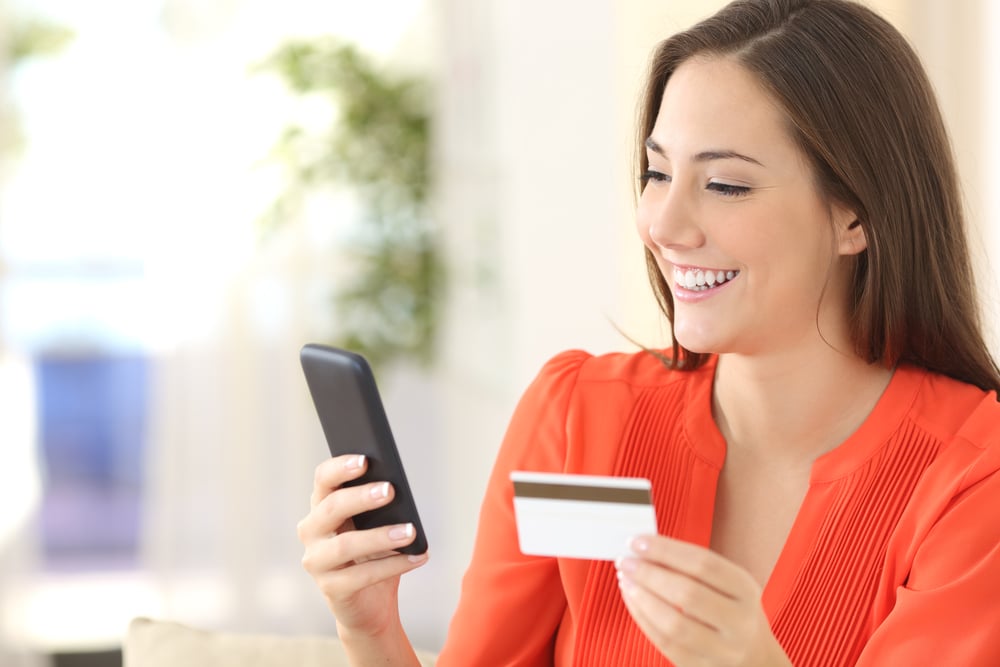
Today’s shopper isn’t confined to one channel when it comes time to make a purchase. Continue reading “5 benefits of multichannel marketing in retail”
The top 5 most effective advertising techniques
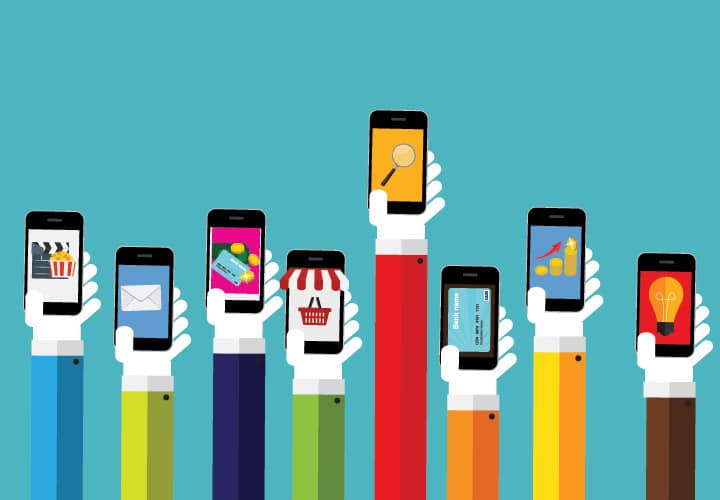
The top 5 most effective advertising techniques
Technology provides brands with several opportunities to create messages that resonate with consumers. Mobile video, in-store apps, programmatic marketing, and emerging platforms offer ways to target the right individuals as they’re in a purchase mindset and drive them to specific products in the store. These five effective marketing techniques help brands connect with consumers in ways that increase interest and drive sales.
#1: Branded Storytelling on Social Media
Creating a compelling narrative for a campaign can help humanize a brand, and keep it top-of-mind for consumers when it comes time to shop. Like in any story, these campaigns need characters, a plotline, and a satisfying ending to keep consumers intrigued with the premise. Most importantly, these stories need an emotional component that drives affinity.
Purina provides an excellent example of the effectiveness of branded storytelling with their Service Dog Salute, in which they set a goal to raise $500,000 to support Tony La Russa’s Animal Rescue Foundation. To engage consumers, Purina provided a price matching option to donate a portion of the proceeds from the sale of various products.
#2: Programmatic Marketing Through the Internet
Programmatic marketing is an absolute must for any marketer that wants to keep pace with the rapidly moving digital landscape. Most marketers recognize this trend, as it’s estimated that programmatic ad spend will reach $69 billion by 2020, and these purchases will account for over 90% of the digital ad spend category. Marketers choose programmatic because it offers a wide range of benefits, including:
Mass marketing access:
Google gets an estimated 40,000 searches per second, which presents a lot of potential for ad buys. Whether brands are paying to be in the sponsored section of the search results or gaining real estate in the sidebar of a popular website, these numbers are promising. Through programmatic marketing, brands can reach millions of consumers with a single search.
Targeting potential:
Programmatic marketing offers the opportunity to pick and choose who sees certain ads, meaning that brands can control the delivery of the message to ensure that it’s viewed by the most engaged audiences. Marketers can break the delivery down by categories such as gender, interest, and socioeconomic status to ensure they only reach those most likely to purchase their products.
Streamlined ad buying and tracking:
Prior to programmatic marketing, marketers had to request proposals, negotiate prices, and manually insert advertisements. All of this took time and money. Additionally, they had to follow up to ensure there was a reasonable ROI on their purchases, and that they didn’t waste money on the wrong platforms. With today’s tools, marketers can manage their payments and automatically purchase ads based on digital bidding options. They can also access at-a-glance reviews of ROI and monitor for issues like ad fraud in reporting.
#3: In-Store Marketing via Mobile Apps
One of the most effective advertising techniques is in-store marketing that encourages consumers to engage with products. With a mobile shopping app, like Shopkick, consumers are incentivized to scan product UPCs in exchange for rewards points (or kicks). This drives shoppers to seek out products at-shelf, which significantly increases purchase potential.
#4: Partnering With Emerging Voice Platforms
The voice ordering market is expected to reach $40 billion in sales value by 2022, meaning now is a wise time to optimize product listings for audio content. Smart speakers are the primary drivers of this use, but other wearables like smartwatches or even smart appliances will likely play key roles in the growth of this market.
Brands should look to the providers of voice platforms to enhance their marketing potential before these platforms become saturated. Increasing brand awareness and reputation on voice search platforms is crucial, as product reviews will drive the search results in these mediums. Some brands have even chosen to roll out voice-centric apps to increase recognition in this space.
#5: Co-branding to Reach Larger Audiences
Some products naturally complement each other. Whether it’s chips and salsa, shampoo and conditioner, or sports games and beer, there’s a natural segue that brands should take advantage of. Cross promotions may involve teaming two of a brand’s existing products together, or even crossing paradigms and working with an entirely new partner. An example of this strategy can be seen in Budweiser’s partnership with the Cleveland Cavaliers basketball team.
In-House Creation or Partnerships for the Most Effective Advertising Techniques
When leveraging the most effective advertising techniques for CPG brands, a mix of in-house development and digital partnerships will be critical. Brands should consider what they’re willing to develop on their own, and then use strategic mobile app partnerships to fill the gap.
At the same time, Target also participates in third-party rewards programs to reach consumers who might not use the brands other services. This relationship is reciprocal, as the rewards program encourages consumers to visit Target, both through rewards they get for walking through the door, and gift cards they can earn by gathering kicks. The partnership also creates a virtual greeting that encourages users of the app to visit the store.
The most effective advertising techniques leverage both available and emerging options in technology to improve the customer experience. Brands can provide consumers with rewards, reach larger audiences, and improve their branded experience overall by leveraging mobile marketing. There are many effective advertising techniques brands can use to gain market share, but these five represent the best to implement with the highest potential ROI.
Find out what it takes to develop a successful marketing strategy for your brand

As a brand, your marketing strategy is your long-term plan for success. Continue reading “Find out what it takes to develop a successful marketing strategy for your brand”

